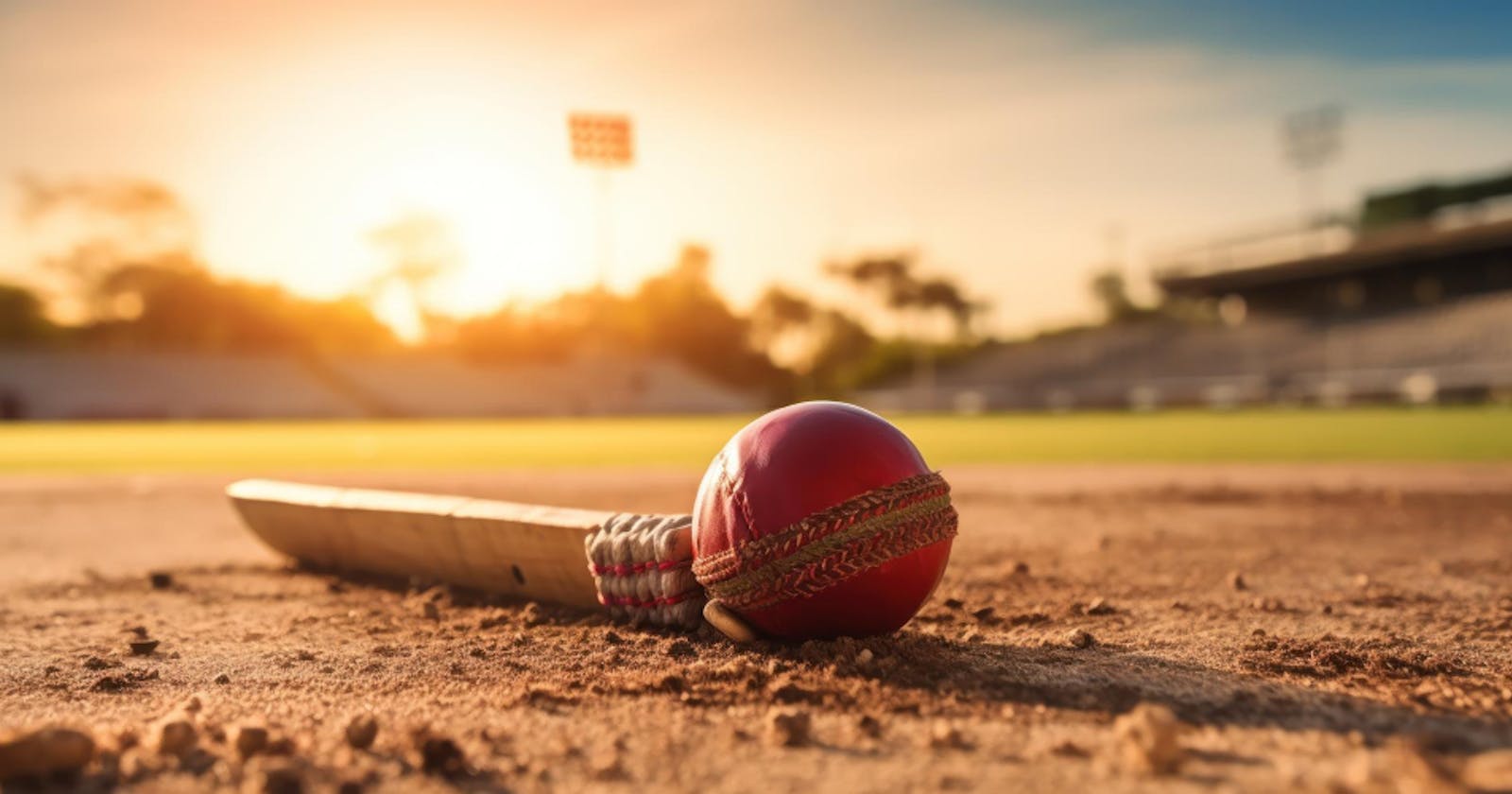Nobody could have predicted how this World Cup 2024 would end better. Other than the cricket overseeing body itself, the Worldwide Cricket Chamber (ICC). Even though we will talk about how this thrilling World Cup 2024 final lived up to its reputation for years to come, many cricket fans are angry about the ICC rules because only one team won the World Cup and no team lost the final.
Here are the 5 cricket decisions that need to go quickly.
1. Tied Over:
How likely is it that a World Cup Final will end in a tie? And then there was also a tie in the Super Over?
The World Cup last among Britain and New Zealand had everything except an end to choose the victor of the challenge. According to current ICC rules, in the event of a tied Really Over the group that scores more number of limits dominates the game. This is analogous to a team winning the football World Cup based on possession after a tie in a penalty shootout.
After the match, New Zealand skipper Kane Williamson conceded that the standard was “hard to swallow” to choose the World Cup champs at last. Previous India cricketer Gautam Gambhir was more serious in his analysis, calling the ICC rule crazy.
2. Topple off batsman’s bat or body
While the runs scored off ousts have been a necessary piece of many tense matches ever, the ousts off the bat of Ben Stirs up that went for a boundary bringing about 6 runs would be talked about for a long time into the future. However Stirs up quickly apologized for the coincidental blunder, the umpires, limited by MCC regulations, could do nothing yet to remunerate hurries to the batting side. The jury is still out, assuming the umpires ought to have compensated 5 runs or 6 for that pivotal defeat, it is the ideal opportunity for the ICC to get rid of this disputable regulation.
3. Delicate sign
The way that there is no hard rationale behind the delicate sign makes this regulation outright unusual. The delicate sign was presented for questioned gets on the grounds that it was felt that occasionally the camera pictures make uncertainty to the gets that are viewed as spotless and consequently the essential obligation of direction stay with the on-field umpires. However, the game has been harmed by this soft signal because, when contested catches are called, the umpire typically follows the players’ immediate reaction, making it difficult to overrule without clear evidence. This is where the television umpire ought to be brought into the image as he is in better condition with various camera points to accept an approach marginal catch than an on-field umpire watching the activity from 25-yards away with his unaided eye!
4. On-field No-Ball
The on-field umpires have a difficult situation. Directing the whole match, guaranteeing that the game is played inside laws of the game, having a sharp eye on line and length of each and every ball that could be a LBW call and calling wides and no-balls. While the on-field umpires presently have the pad of innovation in settling on run-out choices, LBW choices and even choices on close gets — the front-foot no-ball call from the umpire needs an innovation update at the earliest opportunity. In the ongoing situation, just in the instances of excusal does the on-field umpire check with the television umpire about the legitimacy of the ball. Although this is a welcome step toward reducing errors, a missed no-ball frequently decides the match’s outcome. Take, for instance, the match between Mumbai Indians and Royal Challengers Bangalore in which the umpire failed to spot Lasith Malinga’s no-ball, leading to the bowling team’s victory.
It is time to give the TV umpire control of the front-foot no-ball, not only to make the job of the on-field umpire easier but also to ensure that the game with small margins makes as few mistakes as possible.
5. DRS dead-ball rule
So this situation has never worked out in any match till now yet the cricket fans online have been discussing this potential match-breaking circumstance for quite a while. Test this — with scores tied in Really More than, a batsman needs only one hurry to dominate the game off the last ball. The ball raises a ruckus around town’s cushion, gets diverted to empty fine-leg locale and the batsman runs for a leg-bye. The bowling crew goes up for an allure and the umpire gives the batsman out LBW which is then challenged by the batsman for survey. Presently assuming the DRS rule the ruling for the batsman, will the batsman get that leg-bye run?
NO. because the DRS rule says that once the umpire makes a decision, the ball is considered dead. Thus, in this situation a wrong DRS choice will deny a completely lawful leg-bye. It is the ideal opportunity for ICC to be supportive of dynamics on this regulation as this can work out as an expected bummer. Dear ICC, you’ve been cautioned.
Follow www.kingplay365.com for more details.
